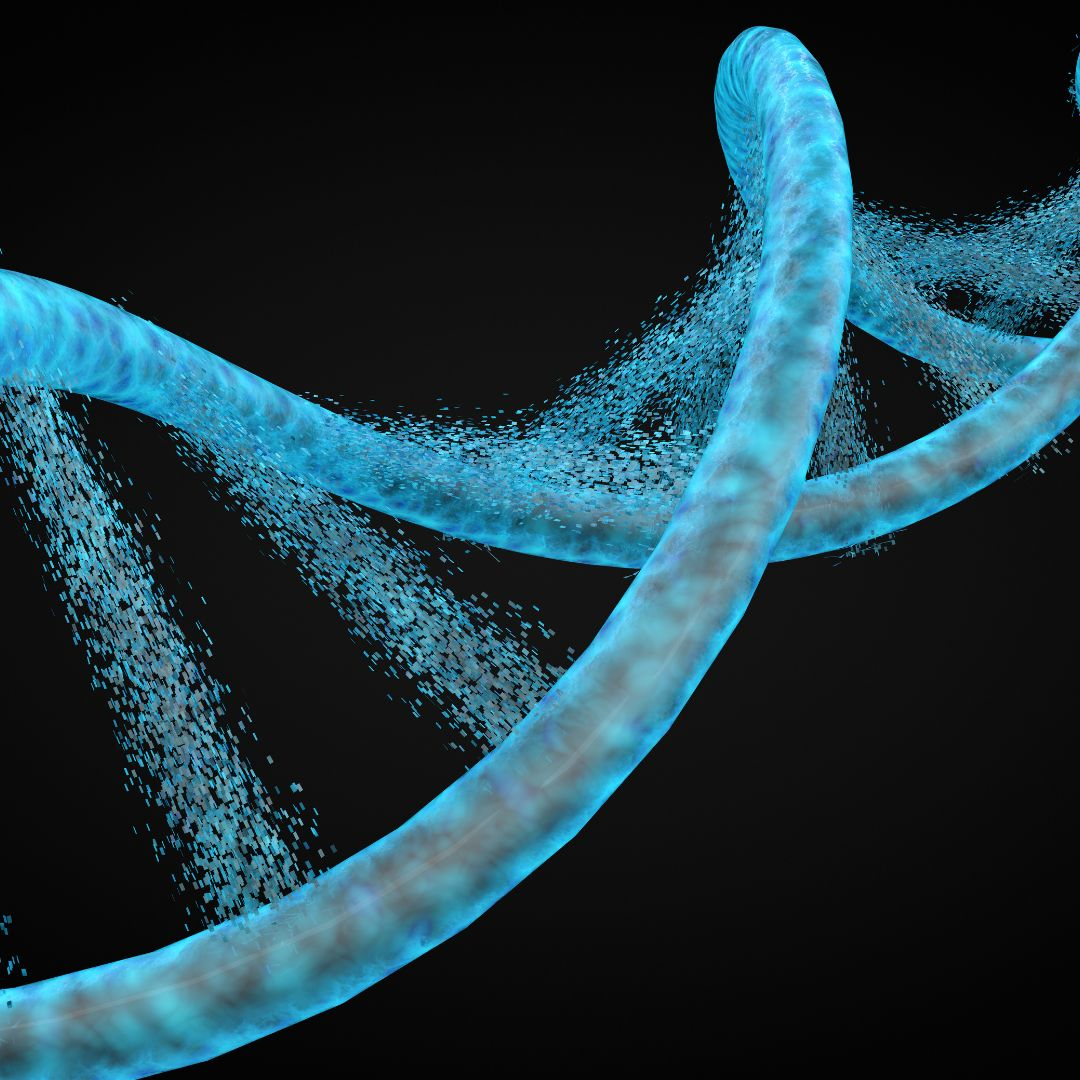The discovery of NAD+ (Nicotinamide Adenine Dinucleotide) is rooted in early 20th-century biochemistry research. Here is a detailed account of its discovery and the subsequent understanding of its significance:
1. Initial Discovery:
- 1906: British biochemists Arthur Harden and William John Young were studying fermentation, particularly the alcoholic fermentation of sugars by yeast extracts. They observed that adding boiled and filtered yeast extracts to an active yeast culture stimulated fermentation. This led them to speculate that some unknown factor was being transferred, enhancing the fermentation process.
- 1906: Through their experiments, Harden and Young discovered that this unknown factor was a coenzyme present in the yeast extract, which they initially referred to as a "coferment."
2. Identification of the Active Component:
- 1930s: German-American biochemist Otto Warburg, building on Harden and Young's work, identified the chemical nature of this coenzyme. Warburg found that this coenzyme was essential for the oxidation-reduction reactions in cells, which are critical for cellular respiration and energy production.
3. Chemical Structure Elucidation:
- 1936: Scientists Conrad Elvehjem and colleagues at the University of Wisconsin-Madison isolated and identified nicotinamide as a component of NAD+. They showed that nicotinamide, a form of vitamin B3 (niacin), is a precursor to NAD+ in the body.
- 1937: Another milestone was reached when Arthur Kornberg, a biochemist, demonstrated the enzymatic synthesis of NAD+ in cells, further establishing its central role in metabolism.
4. Nobel Prizes and Recognition:
- 1929: Arthur Harden and Hans von Euler-Chelpin (who worked independently on fermentation enzymes) were awarded the Nobel Prize in Chemistry for their discoveries in the field of fermentation, acknowledging the importance of coenzymes like NAD+ in these processes.
- 1953: Hans Krebs, known for the Krebs cycle, was awarded the Nobel Prize in Physiology or Medicine, recognizing the importance of NAD+ in cellular respiration and metabolism.
5. Modern Understanding:
- Mid-20th Century: Researchers like Jack Preiss and Philip Handler elucidated the biosynthetic pathways of NAD+ in cells, now known as the Preiss-Handler pathway.
- 21st Century: Research into NAD+ has expanded significantly, highlighting its roles in aging, DNA repair, and cellular metabolism, leading to the exploration of NAD+ precursors (such as NMN and NR) for potential therapeutic uses.
In summary, the discovery of NAD+ involved a series of key scientific contributions from various researchers over several decades. From its initial identification as a fermentation cofactor to its detailed structural elucidation and understanding of its crucial biological roles, NAD+ has been recognized as a vital molecule in biochemistry and medicine.

